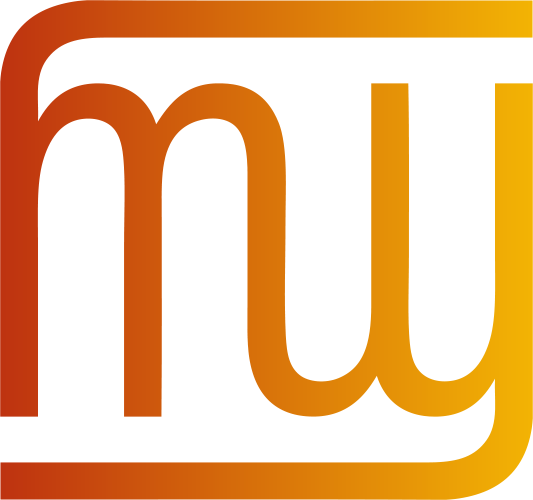 The W3C Internationalization (I18n) Activity works with W3C working groups and liaises with other organizations to make it possible to use Web technologies with different languages, scripts, and cultures.
The W3C Internationalization (I18n) Activity works with W3C working groups and liaises with other organizations to make it possible to use Web technologies with different languages, scripts, and cultures.
From this page you can find articles and other resources about Web internationalization, and information about the groups that make up the Activity.
Read also about opportunities to participate and fund work via the new Sponsorship Program.
What the W3C Internationalization Activity does
Selected quick links
Selected quick links
Selected quick links
For review: Approaches to line breaking
The article Approaches to line breaking is out for wide review. We are looking for comments by Wednesday 4 July.
This article gives a high level summary of various typographic strategies for wrapping text at the end of a line, for a variety of scripts. It complements the article Approaches to full justification.
Please send any comments as github issues by clicking on this link, or on “Leave a comment” at the bottom of the article. (This will add some useful information to your comment.)
For last call review: Character Model for the World Wide Web: String Matching
A final draft of Character Model for the World Wide Web: String Matching is out for wide review. We are looking for comments by Tuesday 29 May.
This document builds on the document Character Model for the World Wide Web 1.0: Fundamentals to provide authors of specifications, software developers, and content developers with a common reference on string identity matching on the World Wide Web, in order to increase interoperability.
All comments are welcome. Please raise them as github issues. To make it easier to track comments, please raise separate issues or emails for each comment, and point to the section you are commenting on using a URL.
New translations into Russian
Работа с языком в HTML (руководство) (Working with language in HTML)
Объявление языка в HTML (Declaring language in HTML)
Языковые тэги в HTML и XML (Language tags in HTML and XML)
Выбор языковых тэгов (Choosing a Language Tag)
Установка языковых настроек в браузере (Setting language preferences in a browser)
These articles were translated into Russian thanks to Dmitri Kuznetsov, of the Russian Translation Agency, Taushiro Inc.
First Public Working Draft: Text Layout Requirements for the Arabic Script
A First Public Working Draft of Text Layout Requirements for the Arabic Script was published.
This document describes the basic requirements for Arabic script layout and text support on the Web and in eBooks. These requirements provide information for Web technologies such as CSS, HTML and digital publications about how to support users of Arabic scripts. Currently the document focuses on Standard Arabic and Persian. Public comments are welcome, please raise them as github issues.
Updated article: Inline markup and bidirectional text in HTML
An update for the article Inline markup and bidirectional text in HTML has just been published.
This article tells you how to write HTML where text with different writing directions is mixed within a paragraph or other HTML block (ie. inline or phrasal content). The article has been updated to bring it in line with recent browser developments and to simplify the guidelines. Examples are linked to live versions, and indications are given for which features are supported by which browsers.
For review: Inline markup and bidirectional text in HTML
A draft update for the article Inline markup and bidirectional text in HTML is out for wide review. We are looking for comments by Tuesday 12 December.
This article tells you how to write HTML where text with different writing directions is mixed within a paragraph or other HTML block (ie. inline or phrasal content). The article has been updated to bring it in line with recent browser developments and to simplify the guidelines. Examples are linked to live versions, and indications are given for which features are supported by which browsers.
Please send any comments as github issues by clicking on this link, or on “Leave a comment” at the bottom of the article. (This will add some useful information to your comment.)
Updated article: Using character escapes in markup and CSS
In addition to various editorial improvements, the following significant changes were made to the article:
- A “Quick answer” section was added
- Two new subsections were added to the section about CSS escapes: “Using escapes with CSS identifiers” and “Sequences and backslashes”
For a detailed list of changes, see the GitHub commit log.
See the updated article.
New article: Strings and bidi
This article illustrates problems that can arise when strings are inserted into text and then displayed to users in different directional contexts: left-to-right (LTR) vs. right-to-left (RTL).
For review: Strings and bidi
A draft of a new article, Strings and bidi is out for wide review. We are looking for comments by Tuesday 15 August.
This article illustrates problems that can arise when strings, such as those used in JSON or string-based data formats, are inserted into text and then displayed to users given different directional contexts: left-to-right (LTR) vs. right-to-left (RTL).
Please send any comments as github issues by clicking on this link, or on “Leave a comment” at the bottom of the article. (This will add some useful information to your comment.)
For review: Floating times
A draft of a new article, Floating times is out for wide review. We are looking for comments by Tuesday 20 June.
This article answers the question: What is a floating time and how do I handle floating times in my Web application?
Please send any comments as github issues by clicking on this link, or on “Leave a comment” at the bottom of the article. (This will add some useful information to your comment.)